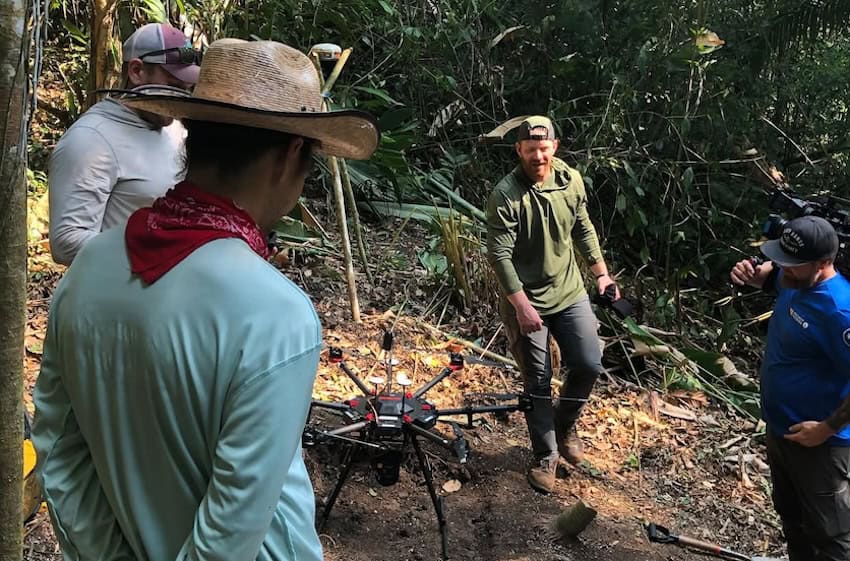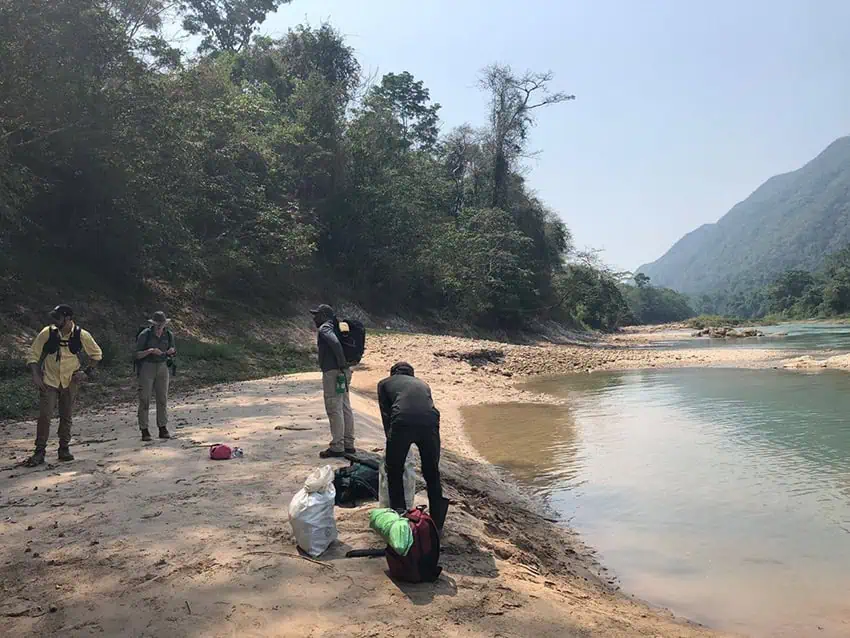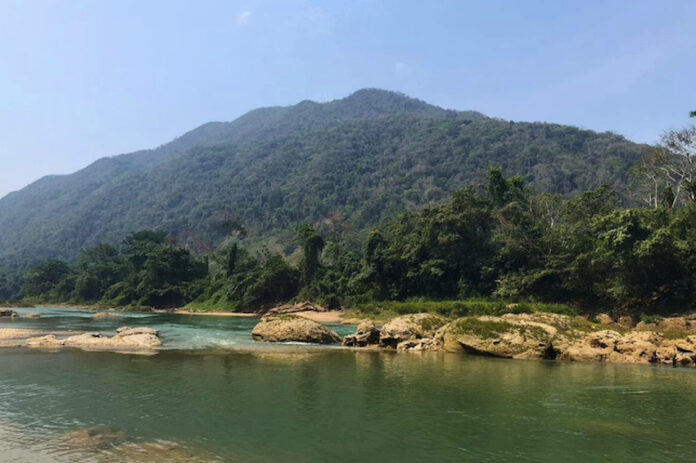With the help of 17th-century writings by a Spanish friar, archaeologists believe they have located Sak-Bahlán — the long-lost final stronghold of the Lacandón Maya rebels — deep in the Montes Azules Biosphere Reserve in Chiapas.
Abandoned more than 300 years ago, the fortified jungle city was the last independent settlement of the Lacandón-Ch’olti’ Maya after the Spanish captured their capital, Lacam-Tún, in 1586.

The Lacandón Maya resisted conquest for 110 years before Spanish friars and soldiers subdued Sak-Bahlán in 1695 and renamed it Nuestra Señora de los Dolores (Our Lady of Sorrows).
The site was abandoned in 1721 and swallowed up by the jungle, its exact location long eluding historians and explorers, including a 1999 expedition with noted Belgian historian Jan de Vos.
Now, however, researchers say they pinpointed it using a Geographic Information Systems (GIS) model designed by Josuhé Lozada Toledo of Mexico’s National Institute of Anthropology and History (INAH).
“I took information from the chronicle of friar Diego de Rivas, from 1698,” Lozada said, referring to letters by the Spaniard that described the route to and from Sak-Bahlán in the 1690s.
“From those places mentioned, which I had georeferenced, I made a conversion of the four days mentioned … and obtained an approximate range of where the Sak-Bahlán site could be located.”
The model combined data on terrain, rivers, vegetation and the carrying load of travelers. De Rivas’ account described a four-day trek from the city to the Lacantún River, plus canoe trips to the Pasión River and onward to Lake Petén Itzá in Guatemala.
“I estimated how far a Maya would walk to get, for example, from Bonampak to Yaxchilán, or from Palenque to Bonampak,” he explained. “I developed an algorithm that allows me to calculate how many kilometers a person walks through the jungle in one hour.”
Fieldwork near the Jataté and Ixcán rivers revealed structures, pottery shards and other remains consistent with colonial-era accounts.
“It was the most arduous field trip I’ve ever had in my life, but … we found the archaeological evidence, right at the spot I had marked,” said Lozada, who also said he devoured Vos’ 1980 book “The Peace of God and of the King: The Conquest of the Lacandon Jungle, 1525–1821.”
According to an INAH press release, the site is now registered as “Sol y paraíso. Probablemente Sak-Bahlán,” or “Sun and Paradise. Probably Sak-Bahlán.”

Sak-Bahlán translates to “White Jaguar” in the Ch’olti’ language, a now-extinct branch of the Mayan language family spoken in this region.
An article detailing Lozada’s predictive model was published this week in the academic journal Chicomoztoc, and excavations, led by Lozada with Brent Woodfill of Winthrop University in South Carolina and Yuko Shiratori of Rissho University in Japan, will continue in 2026.
INAH said Lozada’s research project — which could reshape understanding of Maya resistance and survival — has been partially funded by the Discovery Channel.
In 2023, the network’s “Expedition Unknown” series included an episode titled “Lost City of the White Jaguar” (see a clip here). Featuring footage of the archaeological work and early findings at the site, the full episode is on Discovery+, Max, Plex and other platforms.
With reports from El Universal, El Sol de México, Popular Mechanics and National Geographic
